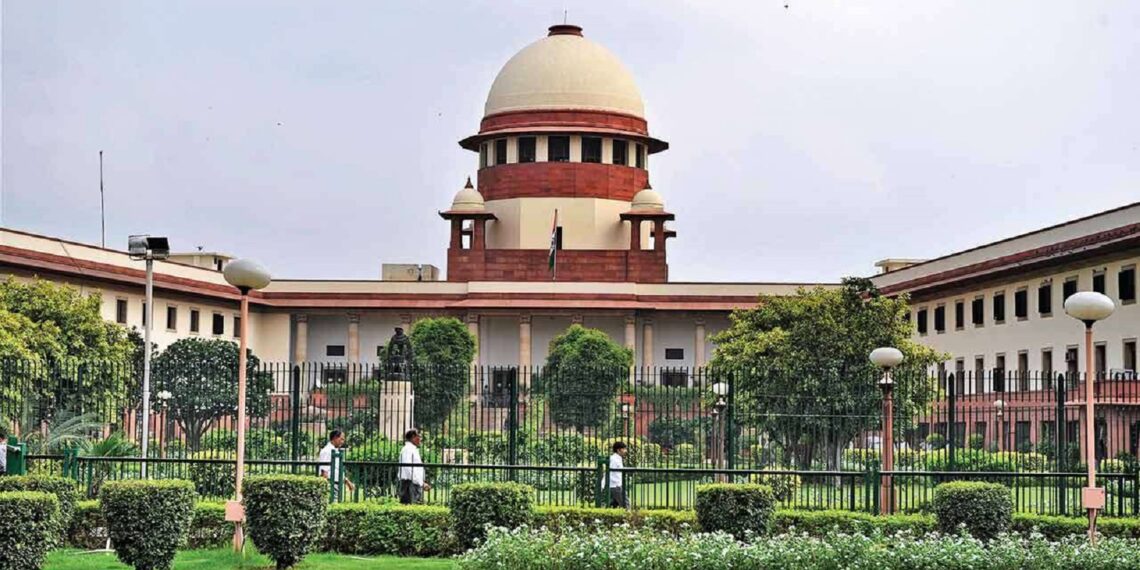GUWAHATI: The Supreme Court has directed the Centre to furnish detailed data on the inflow of illegal migrants to Assam and other Northeastern states after March 25, 1971.
This directive comes amidst ongoing hearings on December 5 challenging Section 6A of the Citizenship Act of 1955.
The Constitution Bench, led by Chief Justice DY Chandrachud and including Justices AS Bopanna, MM Sundresh, JB Pardiwala, and Manoj Misra, is tasked with evaluating the constitutional validity of Section 6A.
Central to the discussion is whether the provision creates unreasonable classification, potentially violating Article 14 of the Indian Constitution.
Additionally, concerns regarding the impact on the rights and liberties of Assamese citizens under Articles 21 and 29(1) have been raised in relation to the influx of illegal immigrants.
The provision in question, implementing the Assam Accord, allows certain foreign migrants who entered Assam between January 1, 1966, and March 25, 1971, to apply for Indian citizenship.
The hearings stem from concerns raised by indigenous groups in Assam, asserting that Section 6A legitimizes the illegal migration of foreigners from Bangladesh, significantly impacting the state’s demographic and cultural fabric.
In response to these ongoing proceedings, the Supreme Court has instructed the Centre to file an affidavit addressing critical aspects of citizenship granted under Section 6A.
The affidavit is expected to include:
- The number of persons granted citizenship under Section 6A between January 1, 1966, and March 25, 1971.
- The number of persons identified as foreigners under the Foreigners Tribunals Order 1964 within the specified period.
- An estimate of the inflow of illegal migrants to India, focusing on Assam, after March 25, 1971.
- Pertaining to those who entered after March 25, 1971: Total foreigner tribunals set up by the Centre, cases disposed of, pending cases, average disposal time, and cases pending before the Guwahati High Court.
- Administrative steps taken by the Centre to address illegal immigration, particularly in Assam. This includes details on border fencing, the extent of completion, and proposed steps with estimated timelines.
This directive seeks to provide clarity on the legal status of individuals impacted by Section 6A and the potential implications for the indigenous population of Assam.















